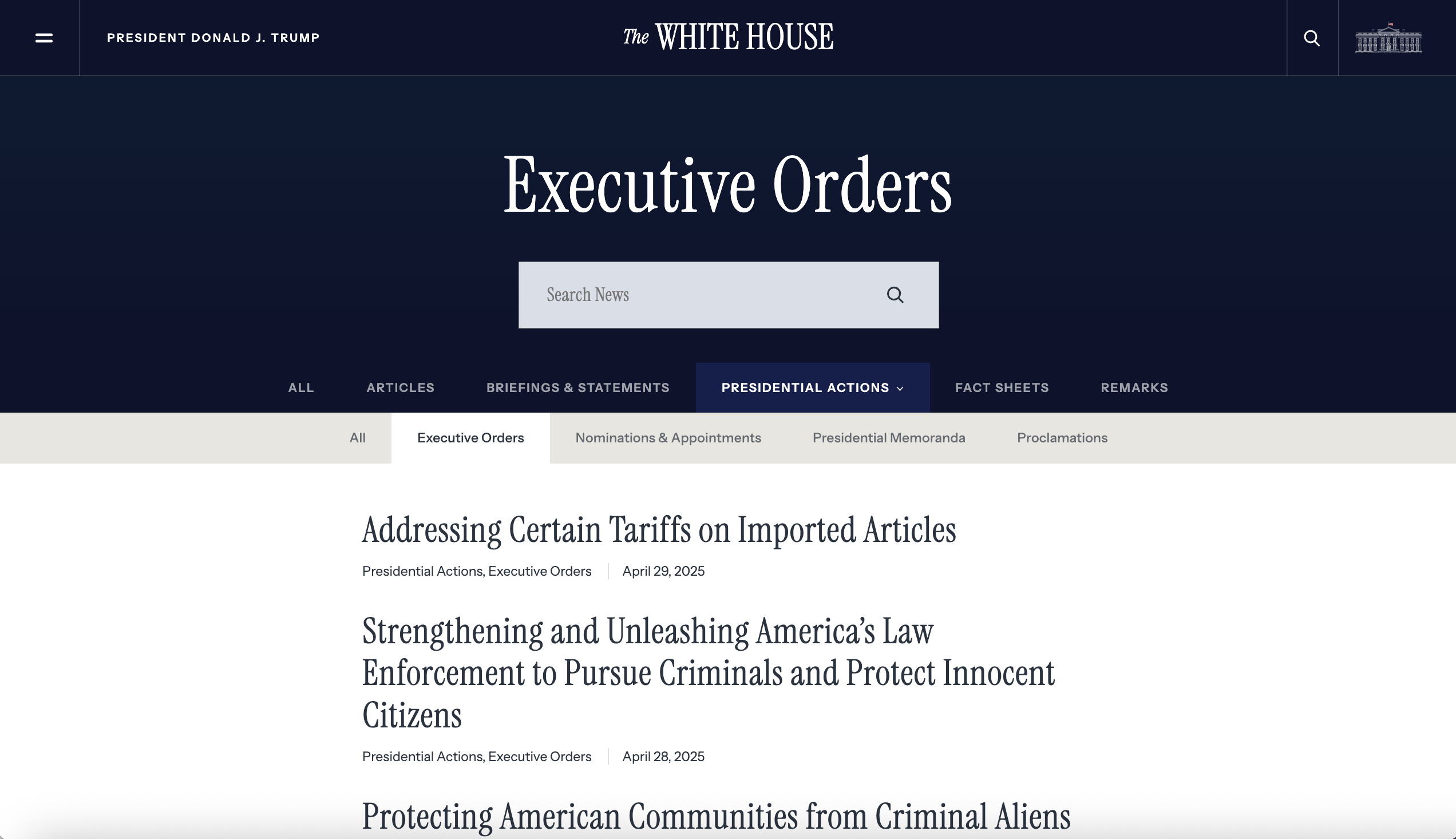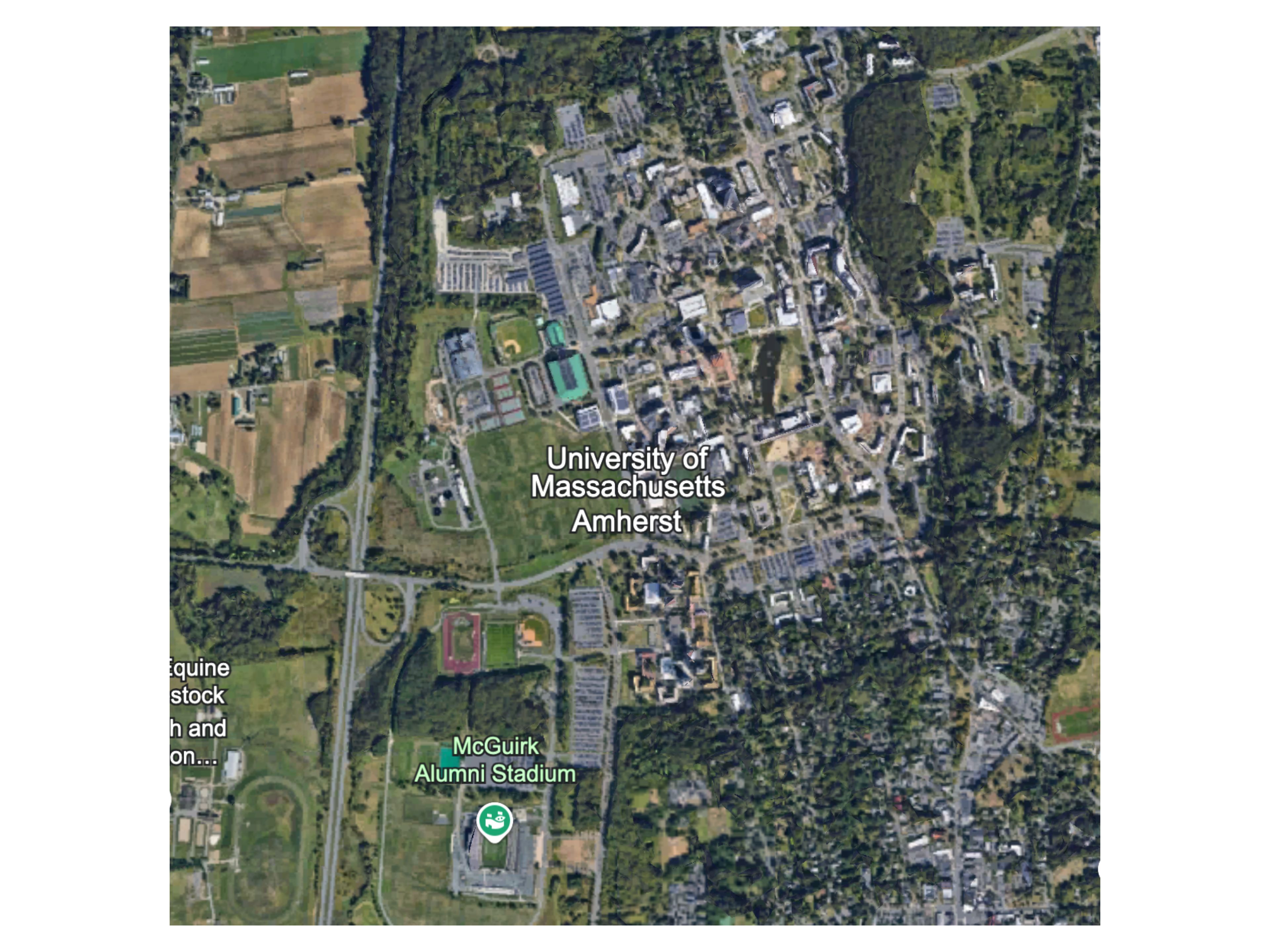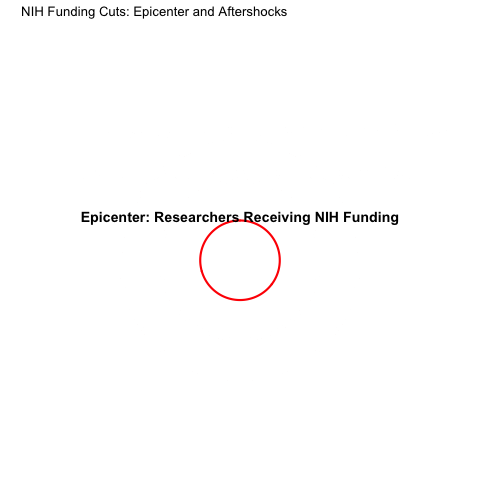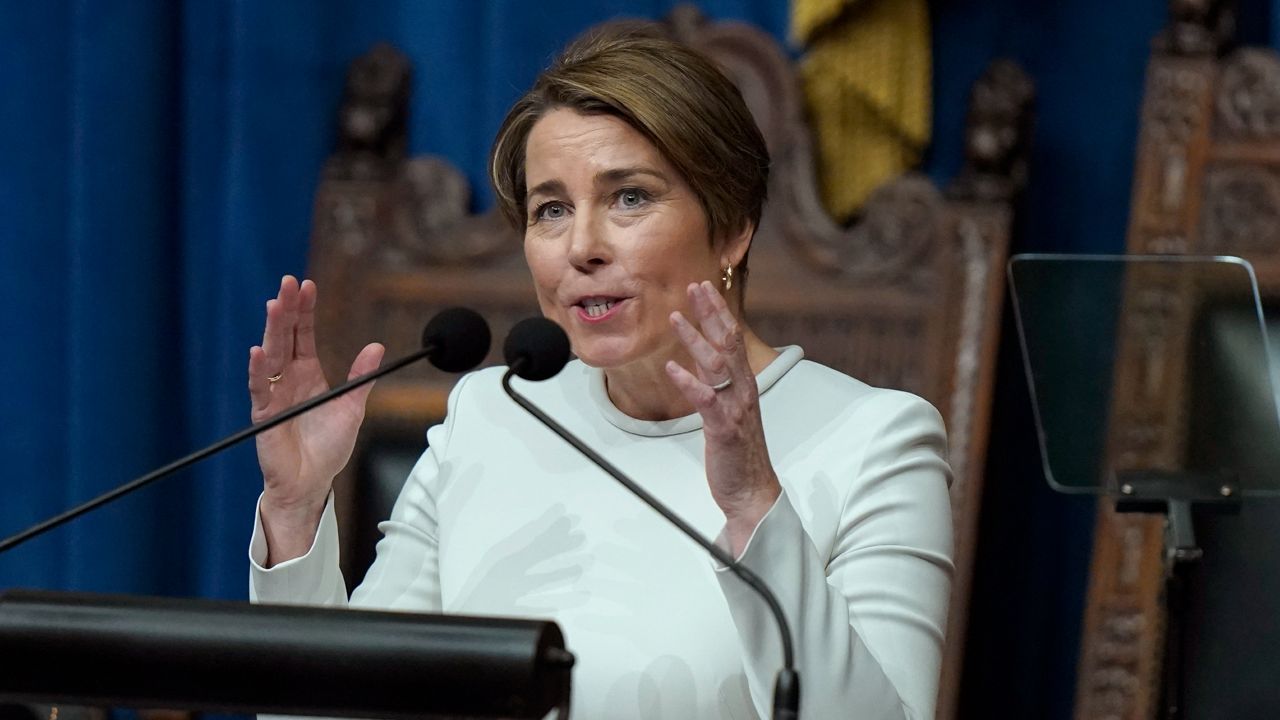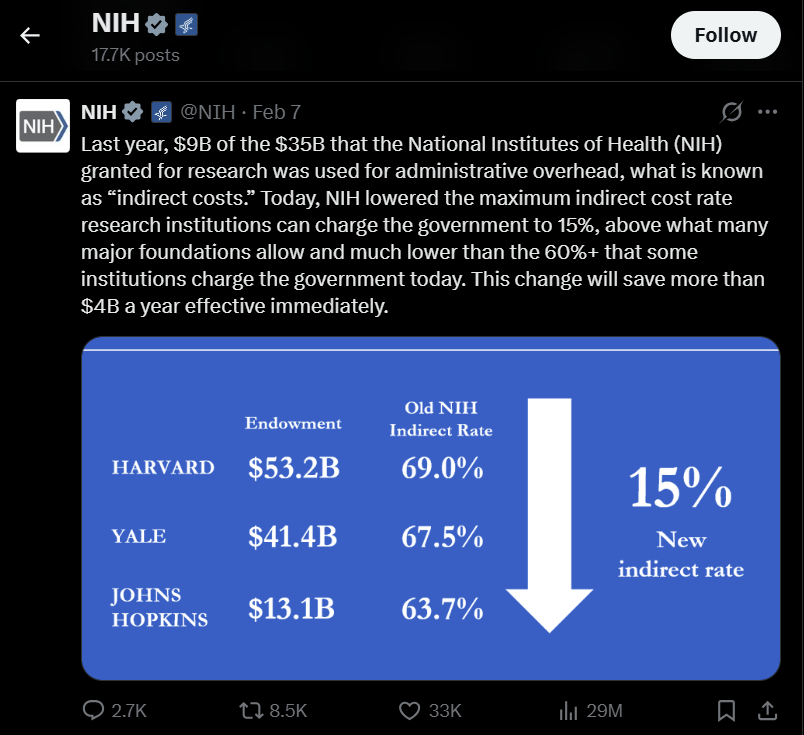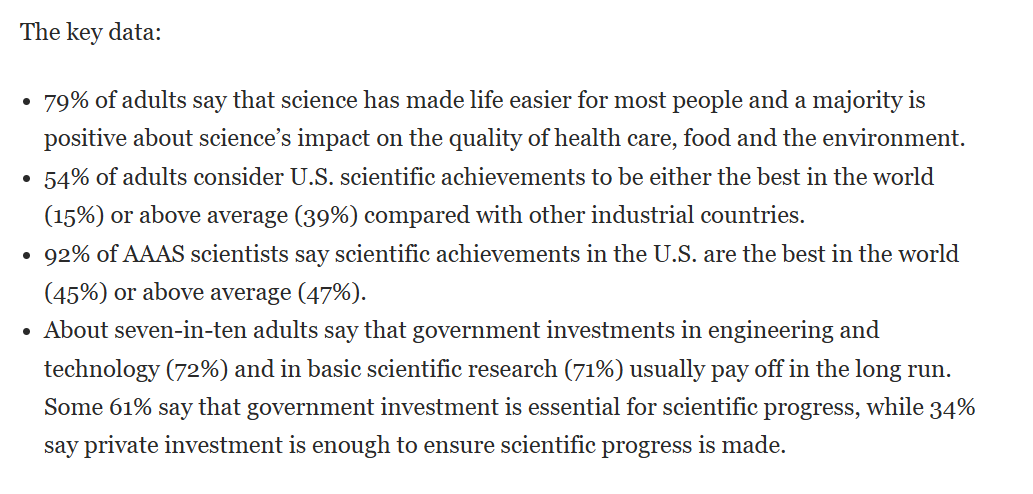This has resulted in indefinite delays in grant reviews, the proposal of a strict 15% cap on indirect costs of research, and, most recently, the termination of active grants.
In the face of these cuts, a state like Massachusetts stands to lose significant economic activity and setbacks to its ability to make contributions to everything from biomedical research to public health.
Every dollar that enters the economy lives a lifetime: it is used by a carpenter to buy groceries from a farmer, it is used by the farmer to pay the mechanic for tractor repairs, the mechanic pays their rent, and so on. In western Massachusetts, universities and large medical research institutions play a vital economic role.
According to a recent report from the University of Pennsylvania’s Annenberg Public Policy Center, western Massachusetts stands to lose $48 million dollars in economic activity, due to indefinite delays in grant reviews, the proposal of a strict 15% cap on indirect costs of research, and, most recently, the termination of active grants.
That $48 million represents more than 20% of the total GDP for this area. The 11 private colleges and universities operating in the region contribute over $3 billion to the economy annually and also support almost 20,000 jobs. Faculty, staff, and administrators are paid by their institutions and pour their money back into the local economy, keeping this cycle alive in the region.
Entering his second term, President Donald Trump has pursued what he has described as “America first” policies that purport to strengthen the U.S. economy by increasing economic activity within the country and eliminating what his administration has characterized as wasteful spending.
The NIH is the single largest funder of public health research in the United States, making it a top target for Trump’s budget cuts.
Every dollar put into the NIH generates $2.56 in economic returns, according to a report from the organization United for Medical Research — a coalition of research institutions, health advocates groups, and private businesses. So as the National Institute of Health’s budget is cut, it is also cutting off the economic life cycle of this money. These losses are in addition to the personal impacts on scientists, researchers, administrators, and the patients they serve.
The role of the NIH in supporting the western Massachusetts economy
Writing a research grant is labor intensive, requires multi-year planning, and ultimately, the funding is never guaranteed.
“Even before, it already felt risky, like it doesn’t always work out…so now the uncertainty is just overwhelming,” said one researcher at a large medical teaching institute in Boston who preferred to remain anonymous over fear of losing funding for her lab.
In her experience, obtaining funding within the first few years after graduate school is critical for establishing a successful academic career.
“Two out of the three grants that were delayed in my lab were led by early career professionals, people just starting out in academia,” she said. For such professionals, the delay of grant reviews is not just an inconvenience, it is career-threatening.
Reductions to the NIH budget do not just impact researchers. NIH grants include both direct and indirect costs. Direct costs fund the researcher’s salary and immediate needs for the project itself. Indirect costs are awarded to the institution to support needs outside of the project.
“Without indirect costs, you wouldn’t have a building, wouldn’t have heat, you wouldn’t have any of the tools, the equipment that you would need to be able to run laboratory assessments,” said Boudreaux, the UMass Chan Medical School researcher. “The [institutional review board], my grants managers, administrators, people who are servicing the facility, their jobs could be threatened because a lot of their positions are covered by the indirect costs.”
Earlier this month, a federal judge in Massachusetts barred the Trump administration from instituting that 15% cap. However, the administration had actually requested that ruling so that it could move forward with an appeal, according to reporting from The New York Times.
Jim Kurose, a professor of computer science at UMass Amherst and former assistant director at the National Science Foundation in Washington, DC., said that while alternative funding sources may be available, they come with strings attached. Industry, for instance, often provides funding for innovative research.
However, “they have to deliver shareholder value to their customers,” he said. This results in studies being limited to just a few years, straining researchers’ abilities to create comprehensive longitudinal models ensuring the safety and efficacy of interventions over time. It also discounts research investigating subjects that are not a product for sale.
Not just the money: impacts on public health
Experts are concerned that funding cuts to the NIH will impact local and national health care in addition to just the economy. Without the federal government, many behavioral health studies and training for future clinicians would not be funded, they say.
“Drug companies are not interested in funding these types of training and studies,” the anonymous researcher said.
There is also a substantial threat posed to current patients. The NIH funds many clinical trials, which offer innovative medications and interventions for physical and behavioral health conditions. In recent weeks, many NIH and other federally funded public health grants have been abruptly terminated, including some clinical trials which had active enrolled participants.
For instance, the NIH recently terminated a nationwide 24-year research initiative to prevent HIV/AIDS in adolescents and young adults. The Trump administration abruptly withdrew $18 million from The Adolescent Medicine Trials Network, a research organization that manages studies across many U.S. states, including Massachusetts.
The cancelled study offered innovative therapies to support patients with HIV/AIDS, said a representative from the network, leaving the participants in Massachusetts unable to continue their treatment.
@scrippsnews Hope amidst uncertainty: The future of HIV care in America. #hiv #aids #aidsawareness #health #healthcare ♬ original sound - Scripps News
Source: ScrippsNews. (2025, April 9). Hope amidst uncertainty: The future of HIV care in America. [TikTok video]. TikTok. https://www.tiktok.com/t/ZP862kEms/
“The question is, ‘What’s going to happen to the patients? Are they going to continue to receive the intervention? Are they going to continue to be followed up on?’” Boudreaux said. The protocol for managing these issues is unclear, he said, as it is atypical for active NIH grants to be terminated mid-intervention.
The experts who spoke to The Shoestring said that the public does not understand the full scope of NIH research and its impact on public health.
A substantial number of the terminated grants studied vaccine efficacy, medication adherence for people with HIV/AIDS, health disparities among racial and ethnic minorities, and reproductive healthcare for women. The anonymous researcher pointed out that these studies were not “terminated for any scientific reason,” but for ideological reasons that are consistent with other social policies the Trump Administration has taken.
Locating the aftershocks: in western Massachusetts and beyond
Proponents of the indirect cost cap believe this restructuring has the possibility of creating more efficient processes within the NIH. A directive from the NIH director’s office described the cuts as “vital to ensure that as many funds as possible go towards direct scientific research costs rather than administrative overhead.”
Institutions receiving larger proportions of federal funding may have to reprioritize their budgets by “hiring fewer faculty or cutting some services,” said labor economist Michael Robinson in conversation with the Shoestring.
Resistance movements led by groups such as the Union of Concerned Scientists are one example of growing public discontent over Trump’s slashing of science-based initiatives. Locally, some protesters at a “Hands Off” rally in Northampton earlier this month held signs defending funding for scientific inquiry.

Source: Envision Architects. “NIH Grant Research Laboratories.” Envision Architects,
https://www.envisionarchitects.com/index.php/portfolio/laboratory-and-technology/nih-grant-research-laboratories/.
